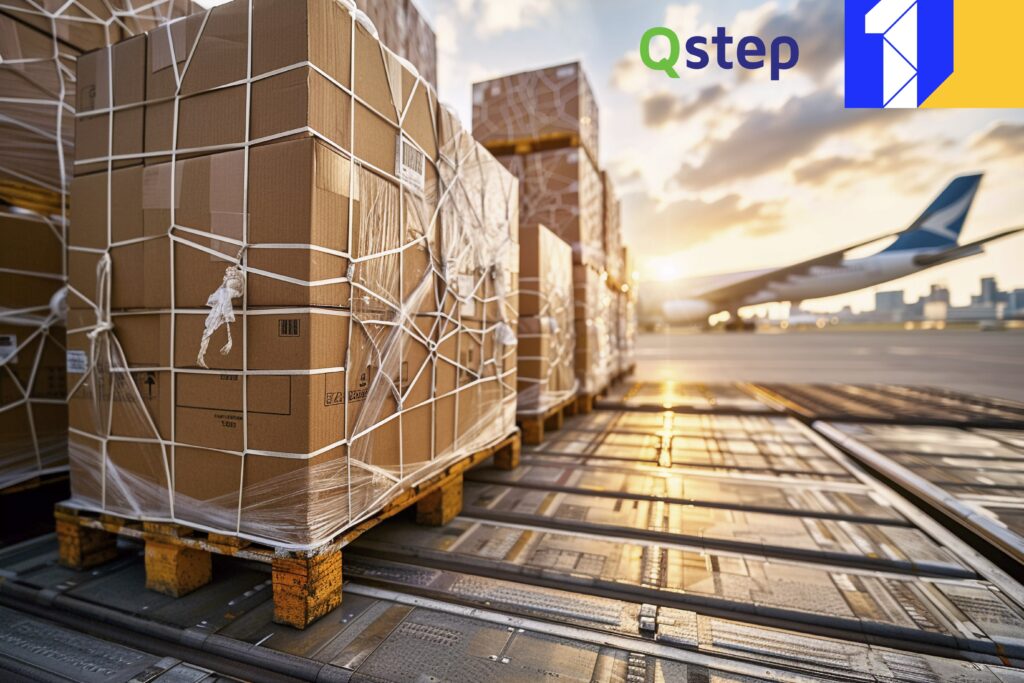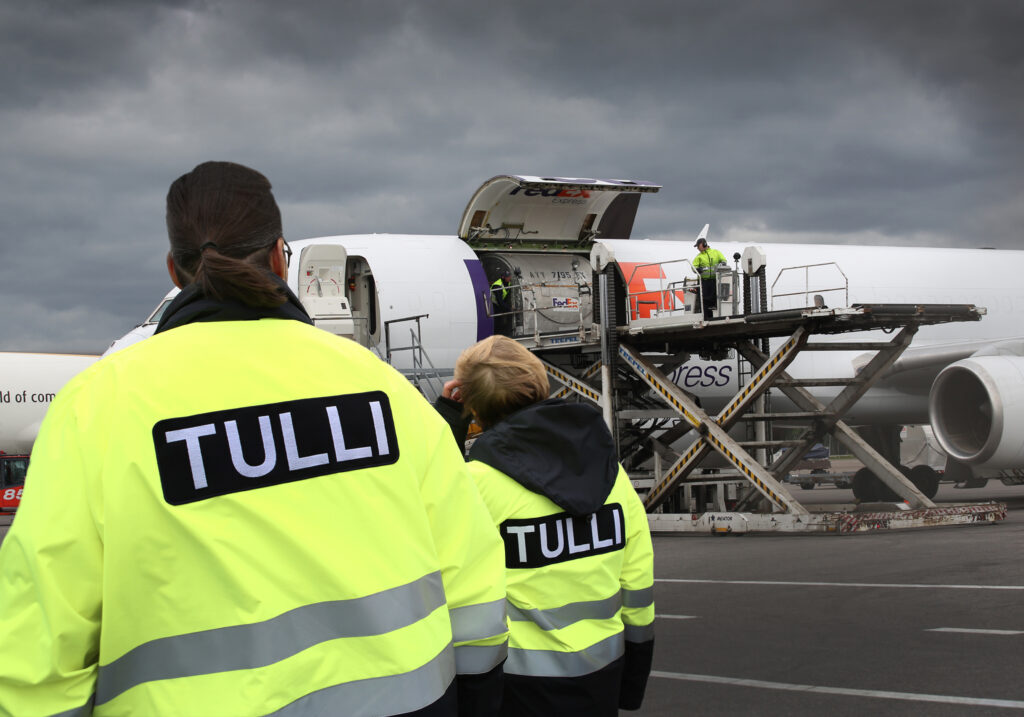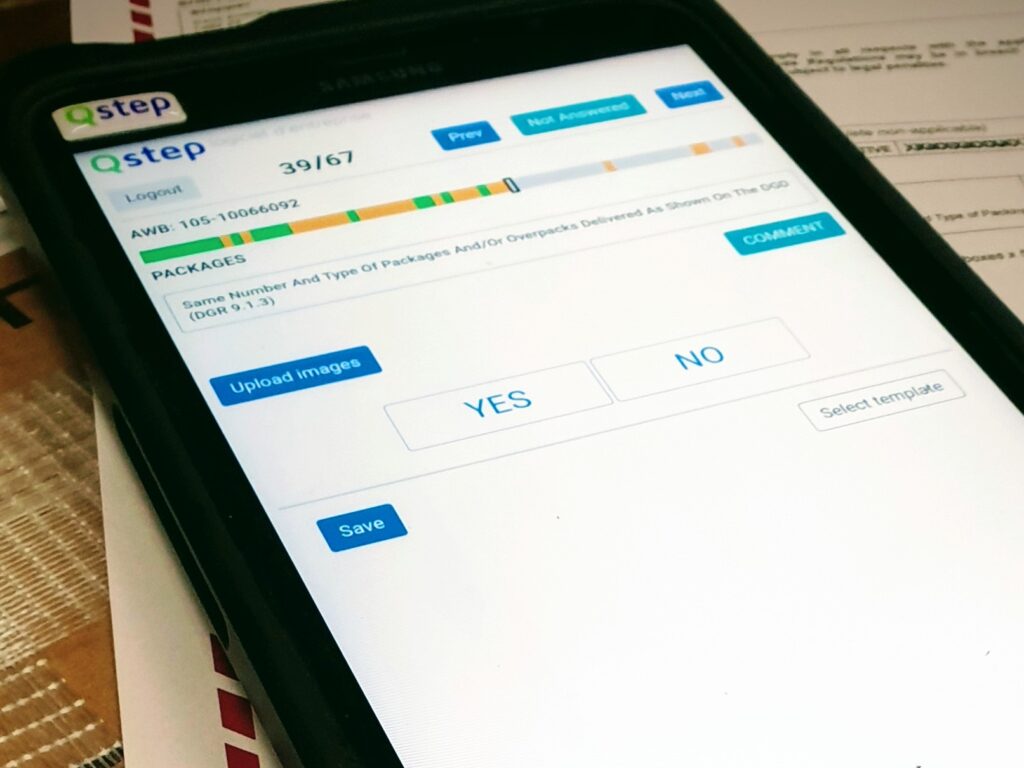This website uses cookies so that we can provide you with the best user experience possible. Cookie information is stored in your browser and performs functions such as recognising you when you return to our website and helping our team to understand which sections of the website you find most interesting and useful.
Air cargo handlers won´t fully digitize alone and it's the supply chain that needs to look at itself in the mirror
Air cargo handlers won´t fully digitize alone and it’s the supply chain that needs to look at itself in the mirror
(first published in LinkedIn on January 08, 2020)
Why care about digital journey of air cargo?
There are no evil or invisible forces trying to put a brake on going digital. In fact, it’s often the pundits of digital transformation themselves that act as brakes. And although they often do it unintentionally, it doesn’t mean that we shouldn’t talk about it.
Among a myriad of information and services available online 24/7 today, secure plug-and-play software platforms have come to the rescue in allowing private and business users to provide multiple services and handle different tasks with instant status or event updates from a single application.
Let’s take, for example, modern banking. Today internet banking allows a user to manage their finances from a single window: from daily operations to saving plans, investments, and even the preparation of a tax declaration. And this is only the beginning. EU driven Open Banking and PSD2 initiatives will pave the way for companies, with verified backgrounds, to access a client’s bank accounts with their consent, and thus provide even more services and solutions to these clients.
Or, take a passenger flying from one continent to another. All the arrangements, including booking, purchasing and e-ticket issuance, as well as multiple added services from car rental to hotel accommodation, can be done on any connected device and even better, from a single application. Despite hundreds of companies being involved in the process, the passenger flight journey today is fully digitized, traceable and transparent. In addition, it involves no paper and can even be CO2 neutral.
But let’s also imagine that in the belly of that same aircraft flies 20 tons of air cargo, including e-commerce goods, mail and other valuable and often life-critical cargo, say, vaccines and high precision equipment. Although this cargo flies the same route and in the same plane as our passenger, the flight journey of the air cargo is far more complicated and often looks outright mysterious to the actors involved in the supply chain; not the least for shippers and buyers.
One can ask, “why care so much about the digital journey of cargo?” After all, it’s inanimate and not human. True, but cargo being received at the right destination, on time, undamaged and held at the right temperature regime can be of critical importance to human life. So the importance of air cargo to human society cannot and should not be overlooked.
And despite billions being poured into investments for upgrades and digitization, the customer journey in the B2B world is still lagging behind the seamless experience enjoyed by customers in the B2C realm. Why?
Legacy
One of the major reasons for this lag is a legacy of rigid software systems with often narrow and/or overly specific functionality. From this perspective, supply chains and logistics are still e-laggards despite being a critical field of human activity.
Even within the air cargo industry, which handles 35% of total global trade value and is equipped with state-of-the-art aircraft, modern warehouse facilities and highly sophisticated handling equipment, multiple software legacy systems are yet in use with paper documents still exchanging hands. This often results in errors, duplication of tasks, high maintenance costs for existing software systems, poor human resource management and thus, through inefficient management, small margins.
The pundits of the status quo will argue that with the help of APIs (application program interfaces) legacy systems will get a new lifeline of sorts as APIs will allow connectivity and data exchange with 3rd party providers. But connecting each piece of legacy software via an API to 3rd party services is unlikely to help e-laggards weather digital disruption and maintain market position.
In fact, such an approach, albeit technically feasible, will only further complicate operational processes by necessitating an overly complex web of connections; resulting in never reaching the main goal of operating seamlessly from a single application equipped with a universal API to the outside world.
Maintaining a legacy system also costs a lot of money and these costs are usually passed on to the end clients; in our case – air cargo operators or handlers. The problem with legacy system software, of which the creators of these systems are well aware, is that in order to modernise them, they need to be changed from the core. Such change is so dramatic and risk prone that owners of legacy systems instead prefer to build new features onto an old core which demands a massive amount of compromise in favor of the original coding.
Lack of trust?
But what if there were a successful migration to modern software? Well, this would not necessarily guarantee moving forward in terms of efficiency and significant margin improvement for the air cargo operator. Firstly, a system can be new but if it is unavailable to the outside world and is solely focused on internal processes, the cargo handler will still need to install additional software; thus perpetuating lower margins for the business.
Secondly, there are other actors in the supply chain. One can have the most intuitive and advanced software open to the outside world but still face a lot of trouble in daily operations. How? In order to answer this question, one has to venture into the peculiarities of the air cargo industry where cargo handlers are often required to use a partner´s software to perform certain functions or operations. And let’s be honest, the requirements often come from the airlines themselves. So a legitimate question can be posed – Is it because an airline’s solutions are better and more secure? Or is it more of an issue of trust in the supply chain?
It is a fact of life in the air cargo industry, that regardless of the software used by cargo handlers, the airlines (not all, but still a significant number) require handlers to operate by partly or fully using an airline’s systems. This leads to a paradoxical situation; an air cargo handler who has on-boarded a modern, intuitive and highly sophisticated software solution is obliged to perform certain tasks utilising the partner’s interfaces. This involves maintaining access to several external applications, training staff for each of them, and often pulling data to a cargo handler’s own system for financial transactions. So much for digital simplicity!
Suffice to say such paradoxes occur not because of lack of functionality in the software systems used by air cargo handlers, but for other reasons: i.e. from a lack of information (and thus trust) to maintaining the status quo; best described by the phrase, “it’s always been like that.”
But if the air cargo industry wants to transform itself and evolve towards cargo handling communities centered around airports, the airlines, as well as other players, need to realize that cargo handling software systems have grown in complexity and functionality. They are now at the point where they can be compared to those financial technology systems which underpin the modern banking world and can be a trustworthy partner and enabler to better margins and increased efficiency.






